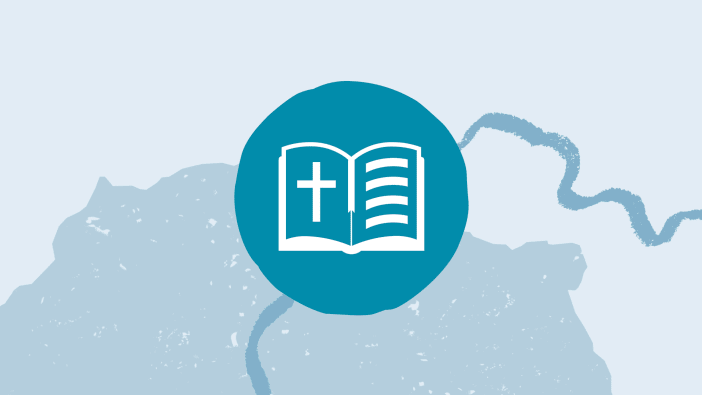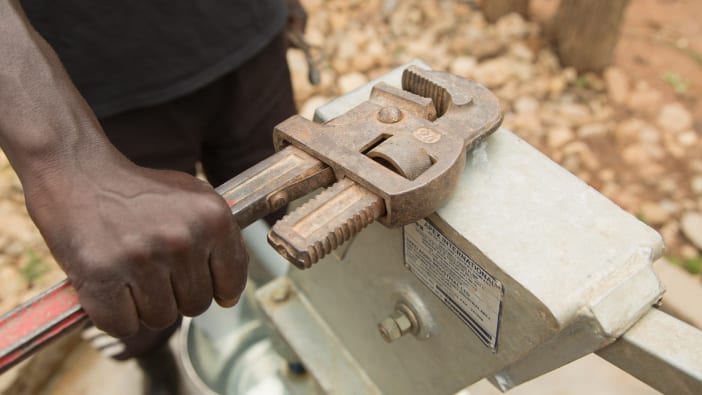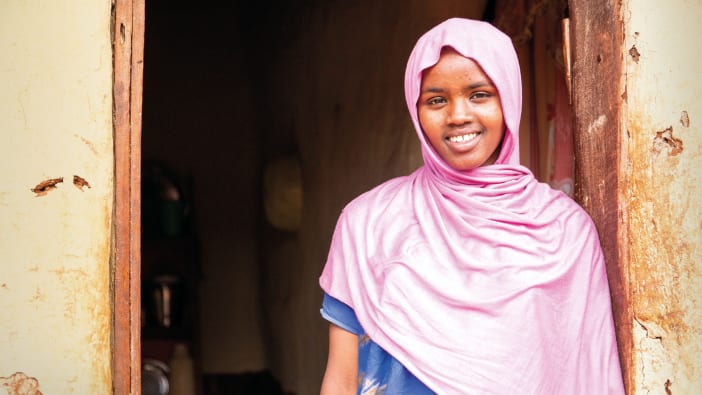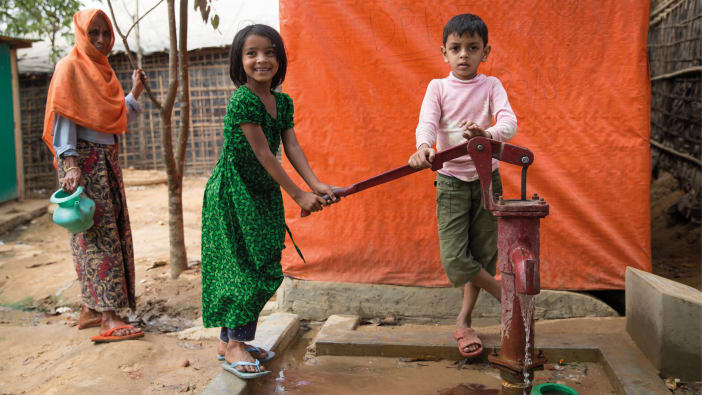by Rachel Blackman.
It is important to use good methods for collecting, transporting and storing drinking water. There is a high risk of water becoming contaminated between the water source and the home. This is because it may become exposed to harmful bacteria or germs, either when it is transferred between different containers or when different people come into contact with it.
Drinking water can be collected from different types of sources: from surface sources (rivers or springs) or from ground water (wells with a rope and bucket, or handpumps). Usually ground water provides the best quality water because it is protected from contamination.
A number of easy methods can be used to maintain the quality of the water during collection, transportation and storage.
Collection
Water is often contaminated during collection through people dipping a dirty bucket into the water source. Once a water source is contaminated, it is likely that other people who share the water source will become ill.
There are two important ways of reducing this risk of contamination:
- Use more than one container to collect water. Use a clean scoop or bucket to transfer water into the container. Ensure water is poured from the scoop or bucket into the transportation container, so that the two containers do not come into contact. Handpumps are the best way of collecting water because the water is, in effect, poured directly from the source into the container.
- Use the scoop or bucket only for that purpose. Many villages have a communal scoop or bucket that everyone uses to collect water from the water source. This reduces the chances of contamination because there is only one scoop or bucket coming into contact with the water, rather than many. A community committee can help ensure the scoop is not stolen and is stored in a clean place.
Transportation
Transport water from the source to the home as quickly as possible. Cover the container with a lid or a piece of clean cloth to stop dirt falling into it.
Storage
Store water in the home in a cool place, well away from gasoline, kerosene and agricultural chemicals. If different containers are used for transporting and storing the water, make sure that the water is poured from one container to the other. Follow the same rules; pour water from the storage container into an appropriate drinking vessel. If the storage container is too heavy to lift, use a clean scoop to transfer the water.
If these steps are followed, the chance of contaminating water between the source and the home is small.









